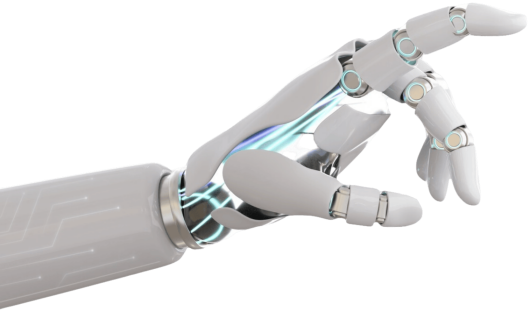
Computer-aided diagnostic systems represent an active research topic that captures the attention of scientists from various fields. Due to the complexity of human body and the various sources that can be used to generate medical digital images, numerous methods designed for analysing and detecting of different diseases have been developed. In this paper the focus is on detecting acute lymphocytic leukemia in microscopic digital blood images. A method for lymphocyte classification as normal cells or blasts is proposed. For purpose of classification, each cell is described by 11 features, namely 5 shape and 6 texture features. The support vector machine was used as a classifier and its parameters were tuned by means of a novel optimization algorithm: the generative adversarial optimization (GAO) algorithm. No other applications of this optimization algorithm – the latest so far - were found in literature. The proposed method for acute lymphocytic leukemia detection is compared with the Naïve Bayes classificatory, the k-nearest neighbour, the back propagation neural network, and the support vector machine optimized by the bare bones fireworks algorithm. The proposed GAO-based method achieved higher classification accuracy which exhibits the great potential of this new algorithm.
Generative adversarial optimization, Swarm intelligence, Generative adversarial networks, Acute lymphocytic leukemia, Local binary pattern, Classification, Support vector machine, Parameter tuning, Optimization.
Milan TUBA, Eva TUBA, "Generative Adversarial Optimization (GOA) for Acute Lymphocytic Leukemia Detection", Studies in Informatics and Control, ISSN 1220-1766, vol. 28(3), pp. 245-254, 2019. https://doi.org/10.24846/v28i3y201901